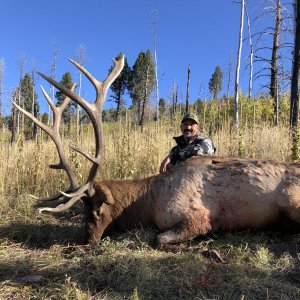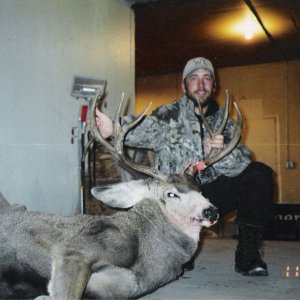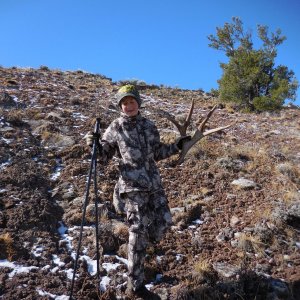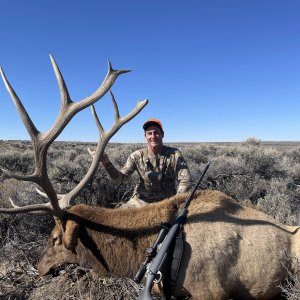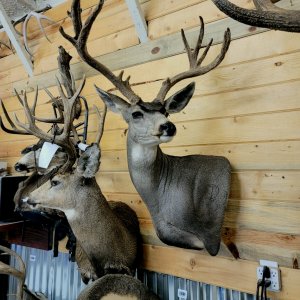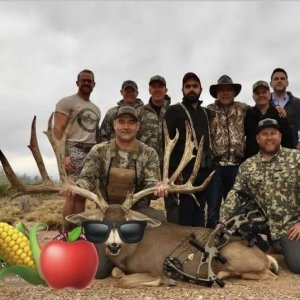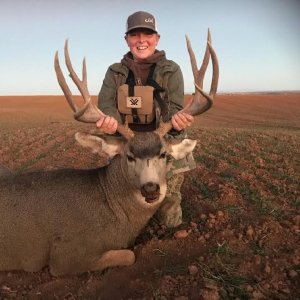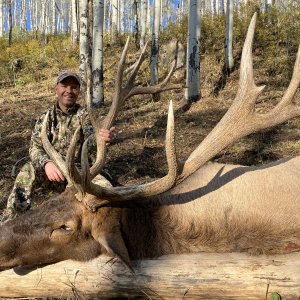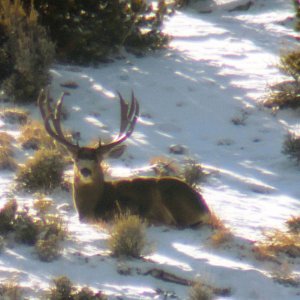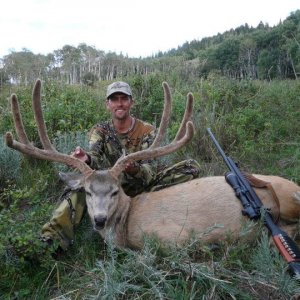>Given the choice, I would go
>camo. Stealth is good
>and every little bit helps.
> My favorite camo patterns
>are, in no particular order,
>Cabelas Outfitter, MARPAT Digital Desert,
>MARPAT Digital Woodland, and the
>new Air Force Digital Tiger
>Stripe. The testing that
>I have seen says these
>are the best and most
>versatile. However, the best
>outer shells on the market
>are made by people who
>either don't hunt or don't
>like hunting so we have
>to settle for something as
>close to coyote brown or
>sage green as possible.
>
>Case in point is Arcteryx.
>At present, Arcteryx is generally
>regarded by the market as
>state of the art in
>technical shell gear and generally,
>I agree. Specifically, the
>Beta AR Jacket, but it
>doesn't come in camo, it
>is not as quiet as
>hunting specific pieces like Cabelas
>MTO50 or Rivers West and
>they seem to be cut
>for the vegan vegetarian Birkenstock
>PETA Prius latte crowd.
>If you have ever had
>a cheese burger in your
>life, you need the next
>size up in an Arcteryx,
>and they don't make a
> XXL. The closest
>thing to a hunting friendly
>color you can get in
>the Beta AR Jacket is
>Basalt which is kind of
>a two tone dirty, grayish
>tan. I have been
>trying to get Arcteryx to
>do something for hunters for
>several years now and they
>finally told me that hunters
>are not part of their
>core customer group. They
>said it in a politically
>correct, PR sort of way
>but I know what they
>meant. Hunters are Neanderthal,
>knuckle dragging, red necks.
>Someday I will share the
>return email I sent but
>decorum prevents me from doing
>so here. Regardless, they
>make a great jacket.
>Lately, in addition to my
>Cabelas MTO50 Pack Light jacket
>and bibs I have been
>using the Carhartt Waterproof Breathable
>Jacket and Waist Overalls if
>I am riding something and
>the TAD Gear Predator Hardshell
>Jacket and pants if on
>foot. Keep an eye
>on both of these companies.
> Carhartt seems committed to
>adapting to customer interests and
>Tad Gear, already producing the
>finest outer layer shells on
>the market, is working on
>a new line of products
>that will raise the bar
>again. Integral Designs, Rab
>and Wild Things also make
>some very nice shells that
>use eVent instead of Gore-Tex
>which is just as waterproof
>but breathes much better.
>It is the next big
>thing.
>
>Many years as a ground pounding
>SAR Tech turned me into
>a devout ounce counter.
>When you are carrying a
>lot of extra gear to
>reach, treat and extricate people
>in the wilderness setting, your
>personal gear gets winnowed down
>to the very barest of
>essentials and they have to
>be flexible enough to work
>in most conditions. The
>outer shell is very important
>to me. Read Superman?s
>Cape on my site for
>the details but the bottom
>line is that I rarely
>if ever take my shell
>jacket or pants off, especially
>in the third and fourth
>seasons. I even sleep
>with it on when I
>bivy or cold camp.
>I constantly regulate perspiration and
>warmth with ventilation techniques and
>by varying my insulation layer.
> I wear a polypro
>base layer top and bottom,
>a light synthetic insulation jacket
>liner, a waterproof breathable shell
>jacket and pants, a ball
>cap, and light Nomex gloves.
> In my pack I
>carry a high loft-ultra high
>quality-light weight down insulation jacket,
>heavy duty two piece waterproof
>breathable insulated gloves, spare socks,
>spare glove liners, a spare
>base top, a stocking cap
>and a windproof balaclava.
>That's it. Again, the
>specifics are all on my
>site but now do you
>see why I have no
>use for the Sitka 90%
>jacket? However, their new
>Nimbus jacket looks promising.
>I am trying to get
>one for evaluation but I
>think they are pissed at
>me.
>
>As for packs, the ones you
>mentioned are all very good
>from very good makers.
>I am going to do
>pack evaluations as soon as
>I am done with boots
>in a couple weeks so
>I will reserve judgment on
>internal vs. external. I
>have used both extensively.
>Externals are the king of
>big loads. Internals ride
>better, closer and cut a
>trimmer profile in tight cover.
> In addition to the
>ones you mentioned, look at
>Bergans, Kelty, Gregory, Badlands and
>Barneys.
>
>Superfeet is an aftermarket insole maker
>and their different models are
>distinguishable by their color.
>Green and orange are the
>best for what we do.
> The orange has additional
>forefoot padding.
>
>Regarding the Western Hunter magazine article,
>thank you, I appreciate it.
> I hope people get
>something out of them.
>I sure do, I learn
>something new every day from
>my readers. The whole
>point is to pass along
>useful information on great gear
>and techniques to improve safety
>and performance in the field.
> I will always give
>you my honest opinion.
>I can be persuaded or
>proven wrong but I cannot
>be bought.
>
>Regards,
>
>Wade
>
www.HardcoreOutdoor.com
>
hey guys,
Next time you talk to arctyrexx regarding camo ask them about the jackes they are doing for police and forces personnel in Canada. They had a special deal going where serving members could get Arctyrex products in the "canpat" (i think that is the name" camo patterns. FYI

